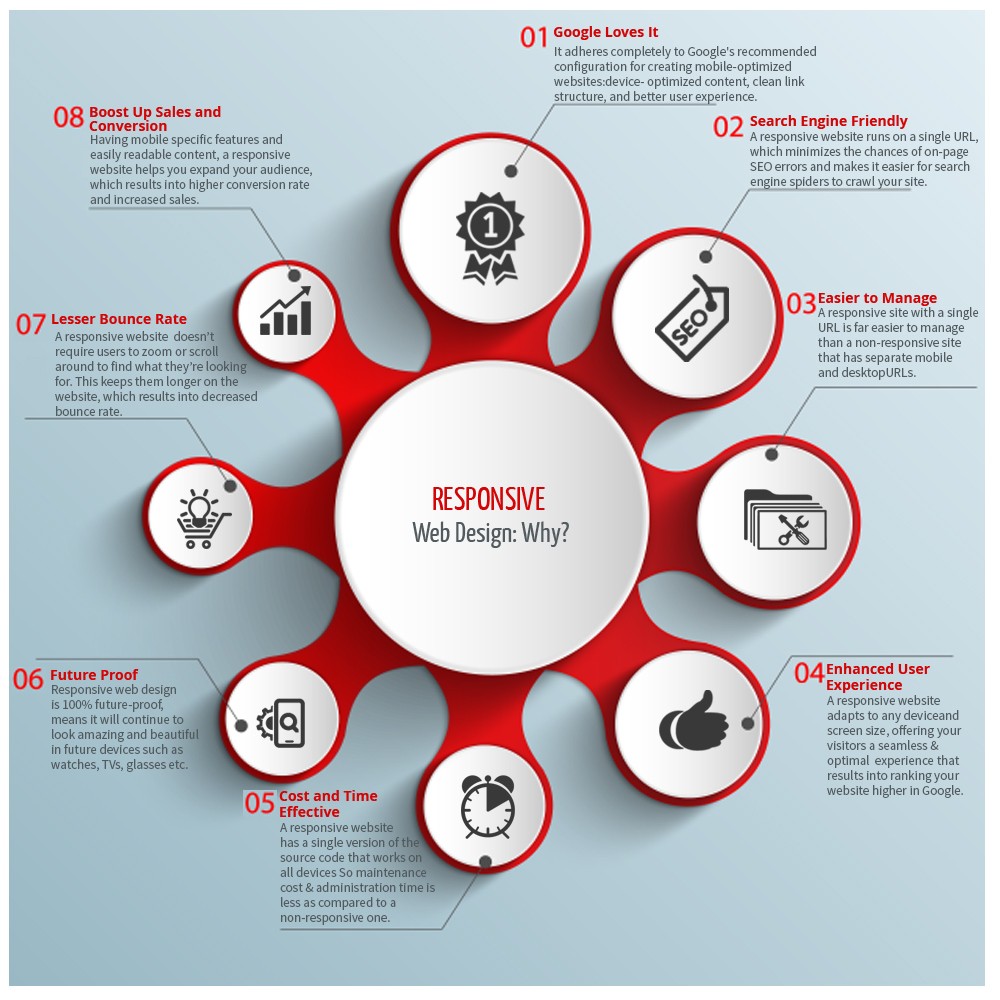Web Site Layout: A Journey Via Time.From Simple Starts To Modern Wonders, Web Site Design Has Actually Gone Through A Significant Change Throughout The Years
Web Site Layout: A Journey Via Time.From Simple Starts To Modern Wonders, Web Site Design Has Actually Gone Through A Significant Change Throughout The Years
Blog Article
Web Content Author-Johansen Vangsgaard
In the past, sites were easy and focused on information. Navigation was straight, and design was for desktop computers. Currently, individual experience is essential. Information overviews designs for simple navigating. Receptive formats suit different devices. Today, dark mode minimizes stress, and minimalist food selections boost navigating. Interactive functions involve users, and bold visuals attract attention. AI integration increases involvement. See just how style has actually developed to enhance your on-line trip.
Early Days of Website Design
In the early days of website design, simpleness preponderated. Websites were fundamental, with limited shades, typefaces, and designs. The emphasis was on supplying info rather than fancy visuals. Customers accessed the web through slow dial-up connections, so rate and capability were key.
Navigation food selections were straightforward, usually situated at the top or side of the web page. Internet sites were made for computer, as mobile browsing wasn't yet widespread. Content was king, and designers prioritized easy readability over complex style aspects.
HTML was the key coding language made use of, and designers needed to work within its restraints. Computer animations and interactive attributes were marginal compared to today's criteria. Internet sites were static, with little dynamic material or tailored user experiences.
Surge of User-Focused Layout
With the development of website style, a shift in the direction of user-focused style concepts has actually ended up being significantly famous. Today, producing websites that prioritize individual experience is important for engaging visitors and achieving company goals. User-focused style includes comprehending the demands, preferences, and habits of your target market to customize the website's format, web content , and features appropriately.
Developers now carry out extensive research, such as individual surveys and usability screening, to gather understandings and responses directly from users. This data-driven technique assists in creating user-friendly navigation, clear calls-to-action, and aesthetically attractive user interfaces that resonate with site visitors. By placing the user at the center of the style process, sites can supply an extra individualized and enjoyable experience.
Receptive design has likewise become an essential facet of user-focused layout, guaranteeing that web sites are maximized for various tools and screen dimensions. This flexibility boosts access and functionality, satisfying the diverse means customers engage with websites today. Fundamentally, the surge of user-focused layout symbolizes a change towards creating digital experiences that prioritize the requirements and assumptions of the end customer.
Modern Trends in Web Design
Check out the latest patterns forming web design today. One famous fad is dark setting style, using a streamlined and contemporary look while decreasing eye stress in low-light atmospheres. An additional crucial fad is minimalist navigation, streamlining food selections and enhancing user experience by concentrating on essential elements. Including micro-interactions, such as computer animated buttons or scrolling results, can produce an extra appealing and interactive internet site. Responsive layout remains vital, making certain smooth user experiences across numerous gadgets. Furthermore, making use of strong typography and unbalanced layouts can add aesthetic passion and accentuate specific material.
Incorporating AI technology, like chatbots for consumer support or personalized recommendations, enhances customer interaction and simplifies procedures. Access has also become a substantial fad, with designers prioritizing inclusive style practices to cater to diverse customer requirements. Accepting sustainability by maximizing site performance for speed and efficiency is an additional emerging trend in website design. Collaborating with user feedback and data analytics to iterate and boost design continuously is vital for remaining relevant in the ever-evolving electronic landscape. By welcoming these contemporary fads, you can create an aesthetically attractive, user-friendly web site that resonates with your target market.
Conclusion
As you reflect on the advancement of site design from the early days to currently, you can see how user-focused layout has ended up being the driving force behind contemporary trends.
Welcome the trip of modification and adjustment in website design, constantly maintaining the user experience at the center.
Keep existing with the most up to date patterns and modern technologies, and never ever quit progressing your approach to create aesthetically stunning and easy to use websites.
https://www.financemagnates.com/thought-leadership/are-algorithms-becoming-essential-for-digital-marketing-campaigns/ , adapt, and create - the future of web design remains in your hands.
